
Some college athletes take longer to recover from a concussion, but a new study offers them some good news. They may still be able to return to play — after one extra month of recovery, researchers report Jan. 18 in the journal Neurology. “Although an athlete may experience a slow or delayed recovery, there is reason to believe recovery is achievable with additional time and injury management,” said study author Dr. Thomas McAllister, from Indiana University School of Medicine. “This is an encouraging message that may help to relieve some of the discouragement that athletes can feel when trying to return to their sport. While some athletes took longer than 24 days to return to play, we found that three-quarters of them were able to return to sports if given just one more month to recover,” McAllister said in a journal news release. The study included 1,751 college varsity athletes who had concussions diagnosed by their team physician. About 63% of the athletes were men who primarily played football, soccer or basketball. The women primarily played soccer, volleyball or basketball. Participants were evaluated multiple times: within six hours of their injury; one or two days later; after being free of symptoms; after being cleared to return to play, and at six months. The athletes reported their symptoms daily for up to 14 days to medical… read on > read on >










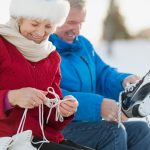
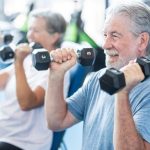

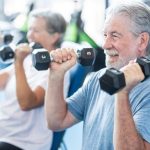



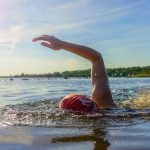
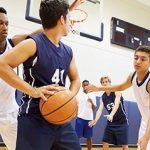










-300x200.jpg)







-300x169.jpg)
